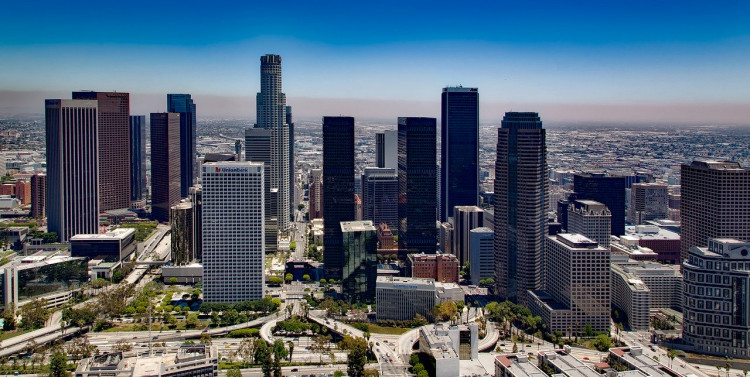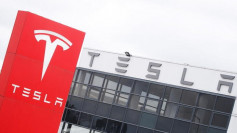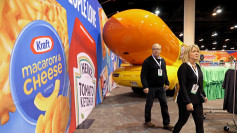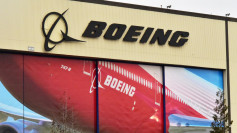It was designed to be one of the most imposing and important structures in downtown Los Angeles, but no sounds of construction equipment have gone silent.
The billion-dollar Oceanwide Plaza has situated near the Los Angeles Convention Center and the NBA's Lakers and Clippers basketball game arena in a posh venue. Construction stopped for the hotel and retail space in January, and since then Cheung disclosed he has seen very little development.
Oceanwide Plaza's standstill is but one big indication of a huge drop in capital infusion from the Chinese at a time of heightened friction between Washington and Beijing. According to the Rhodium Group, direct foreign investment between the two countries rose to a record $60 billion in 2016 and then fell drastically.
The developer, Beijing-based Oceanwide Holdings Co., offered few details on the future of the $1 billion-plus project- other than to insist that it has financing and work are continuing. On the other side, the litigation by delinquent subcontractors gives a glimpse of the desperation of the builder to come up with the money needed to complete the venture.
As a trade war between the U.S. and China approaches its second anniversary in January, Beijing is making it harder to shift money abroad to help stabilize its currency by imposing capital controls last year. Such constraints ensured that Chinese direct investment in the U.S. real estate and tourism industry plunged from a peak of $17.3 billion in 2016 to $377 million last year.
With last year's cooling economic growth, China increased capital outflow controls after Chinese firms had been on a binge of international purchasing and construction for years. Over-leveraged conglomerates including Dalian Wanda Group Co. and Anbang Insurance Group Co. were forced to liquidate trillions of dollars in overseas real estate and builders were no longer able to finance their ventures abroad with home capital.
Oceanwide Plaza is part of a construction boom that in recent years has changed downtown, Los Angeles. While the industrial heart of the city had been a ghost town at night for decades-home to mostly impoverished transients and a few musicians and modern pioneers, the 21st century ushered in an influx of young people finding an alternative to the rural, car-dependent lifestyle of Southern California.
Based on data from the Downtown Center Business District, the amount of market-rate residential properties has soared by over 10 times from 2,425 before 1999 to 27,615 as of the second quarter this year, with another 3,295 being built. During this period, the number of condominiums climbed from 829 to 6,760, with 1,839 being constructed.






